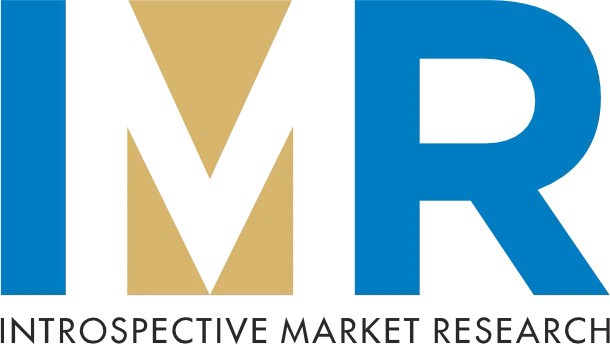Introduction
The HVAC equipment market is on a remarkable trajectory, driven by innovation, increased urbanization, and a focus on sustainable design. With projections indicating a rise from USD 207.11 billion in 2023 to USD 387.22 billion by 2032, a compound annual growth rate (CAGR) of 7.2% signals significant changes in both residential and commercial sectors.
Current Market Landscape
As global demand for eco-friendly solutions escalates, the HVAC sector has innovated in energy efficiency and environmental impact. New products, such as Lennox International’s latest offerings, illustrate this shift by meeting evolving regulatory standards and consumer preferences.
Technological Innovations Driving Growth
Innovative HVAC systems are essential for maintaining indoor air quality and promoting thermal comfort, but they serve another vital function in energy consumption, often accounting for up to 60% of total energy use in buildings. Advances in technology aim to reduce this footprint, aligning efficiency with functionality.
The Role of Ventilation
Ventilation has emerged as a critical component in residential HVAC systems. With modern buildings tightening up to enhance energy efficiency, the demand for innovative ventilation solutions is surging. Motorized systems that ensure proper air circulation significantly enhance indoor air quality, addressing health concerns.
Impact of Urbanization on Market Expansion
The construction surge, particularly in commercial properties, plays a pivotal role in propelling HVAC demand. As urban areas expand, the integration of sophisticated climate systems into new buildings becomes imperative, driving investments that enhance indoor environments across multiple sectors, from healthcare to hospitality.
Government Initiatives and Support
Regulatory frameworks in various regions, especially in India, have fostered substantial growth by encouraging the adoption of energy-efficient HVAC systems. Policies aimed at phasing out harmful substances and incentivizing sustainability are key contributors to an evolving market landscape.
Challenges of High Energy Consumption
Despite the growth opportunities, the substantial energy demands of HVAC systems pose significant challenges. The technology must evolve to not only meet utility needs but also to comply with stringent regulations aimed at reducing greenhouse gas emissions while ensuring cost-effectiveness for consumers.
Market Leaders and Competitive Landscape
Key players including Carrier Corporation, Lennox International, and Daikin are investing heavily in R&D to drive innovation in the HVAC space. Their strategic initiatives serve to fortify their positions in a market poised for substantial growth.
Conclusion and Future Outlook
The HVAC equipment market is not just experiencing growth; it is transforming in response to modern demands for sustainability and energy efficiency. As urbanization continues to rise and innovations shape consumer expectations, the future looks promising for HVAC systems as integral components of both residential and commercial infrastructure.
Key Takeaways
- HVAC market projected to grow to USD 387.22 billion by 2032.
- Ventilation systems are increasingly critical for indoor air quality.
- Sustainability and energy efficiency are driving technological innovations.
- Government policies are reshaping the industry landscape.
- High energy consumption remains a challenge requiring ongoing innovation.

